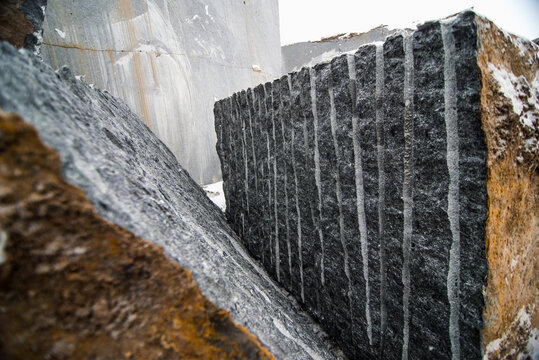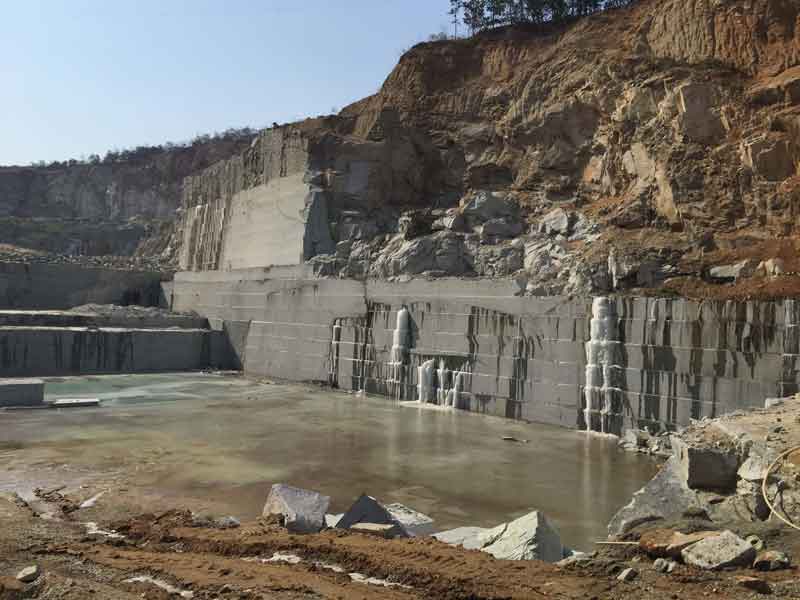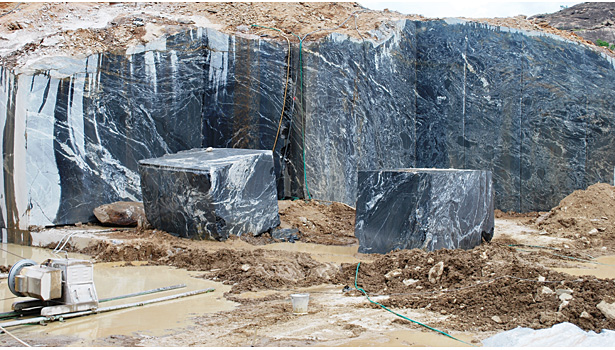Checking Out Granite Quarries in South Africa Market: From Quarry to Masterpiece
Checking Out Granite Quarries in South Africa Market: From Quarry to Masterpiece
Blog Article
Unveiling the Mysteries of Granite Quarrying: Where Strength and Sophistication Meet
The globe of granite quarrying is a realm where the raw strength of nature assembles with human creativity to develop frameworks that stand the test of time with an air of beauty. From the midsts of quarries to the thorough sprucing up in workshops, the process of changing granite right into building wonders is a complicated dance of custom and development. As we peer into the depths of this ancient craft, we begin to discover the surprise intricacies that shape the very significance of our built environment.
The Origins of Granite Quarrying
In the annals of architectural history, the origins of granite quarrying are shrouded in a tapestry of ancient craftsmanship and geological marvels. Dating back to ancient Egypt and Mesopotamia, the extraction of granite from quarries marked the beginning of a journey that would eventually result in the creation of some of the world's most iconic structures.
Granite quarrying's origins can be mapped to the skilled artisans that identified the rock's longevity and visual allure. With a combination of primitive devices and sheer determination, these early quarry employees uncovered granite blocks that would certainly end up being the structure blocks of worlds.
As worlds developed, so did the techniques of quarrying granite. The Romans, renowned for their design expertise, established advanced methods for removing granite to build monuments, temples, and roadways that stood the test of time.
The legacy of these old quarrying methods remains to shape modern-day design, with granite remaining an icon of stamina and beauty in construction tasks around the world. (granite quarries in south africa)
Tools of the Quarrying Profession
The development of granite quarrying techniques from old worlds to modern-day times highlights the important function played by the devices of the quarrying profession in shaping the market's practices. In old times, quarrying tools were primary, commonly including knives, hammers, and wedges made from materials like bronze or iron. These devices needed substantial manpower and time to remove granite blocks from quarries.

In addition, the intro of pneumatically-driven devices and high-powered equipment has actually substantially minimized the physical labor needed in quarrying operations, enhancing worker safety and performance. As the quarrying sector proceeds to innovate, the tools of the trade continue to be at the center of driving development and shaping the future of granite extraction.
Extracting Blocks of Granite
Making use of link accuracy machinery and advanced strategies, the extraction of granite obstructs from quarries has actually ended up being an advanced procedure in the contemporary quarrying sector. The initial step involves recognizing the location and size of the granite deposit to determine the most reliable removal technique. When an ideal website is picked, the extraction procedure starts with the exploration of holes for the placement of nitroglycerins. Managed blasting strategies are then used to disintegrate the granite into convenient sections.

Polishing and Finishing Strategies
To achieve a perfect surface area on granite blocks, experienced craftsmens use a series of careful sprucing up and finishing methods. After the first extraction and shaping procedures, the granite obstructs undergo an extensive sprucing up stage to enhance their natural appeal and durability.
Along with polishing, ending up strategies are put on further fine-tune the granite's look. These strategies might include flaming, developing, or brushing, each offering special appearances and coatings to suit different aesthetic preferences. Flaming, for instance, includes subjecting the granite surface area to high temperature levels to develop a harsh, distinctive finish, ideal for outdoor applications where slip-resistance is vital. Refining, on the various other hand, supplies a matte coating that is smooth to the touch, excellent for interior counter tops and flooring. By very carefully picking and applying these polishing and finishing methods, craftsmens can transform raw granite blocks into elegant items that display both toughness and sophistication. his explanation

Environmental Influence and Sustainability
With the growing focus on ecological consciousness in the sector, granite quarrying practices are significantly scrutinized for their influence on all-natural resources and long-lasting sustainability. Quarrying for granite can have significant environmental effects. The extraction process commonly involves the use of hefty equipment, explosives, and huge amounts of water, causing environment destruction, soil disintegration, and water air pollution. Additionally, the transportation of granite from quarries to processing centers creates carbon emissions, even more adding to ecological destruction. granite quarries in south africa.
To reduce these effects and make sure sustainability in granite quarrying, sector stakeholders are taking on numerous actions. Applying innovative technologies to minimize power usage and water usage, recovering quarried land for environmental remediation, and promoting responsible sourcing practices are some strategies being employed. Furthermore, qualifications such as the Woodland Stewardship Council (FSC) and the Management in Energy and Environmental Design (LEED) help customers Our site recognize eco friendly granite products.
Final Thought
In conclusion, granite quarrying is a procedure that requires specialized devices and methods to remove blocks of granite and polish them to a high degree of surface. While the ecological effect of quarrying can be significant, initiatives are being made to improve sustainability methods in the industry. Generally, granite quarrying is a delicate equilibrium between taking advantage of the strength and sophistication of this natural stone while decreasing its influence on the setting.
Report this page